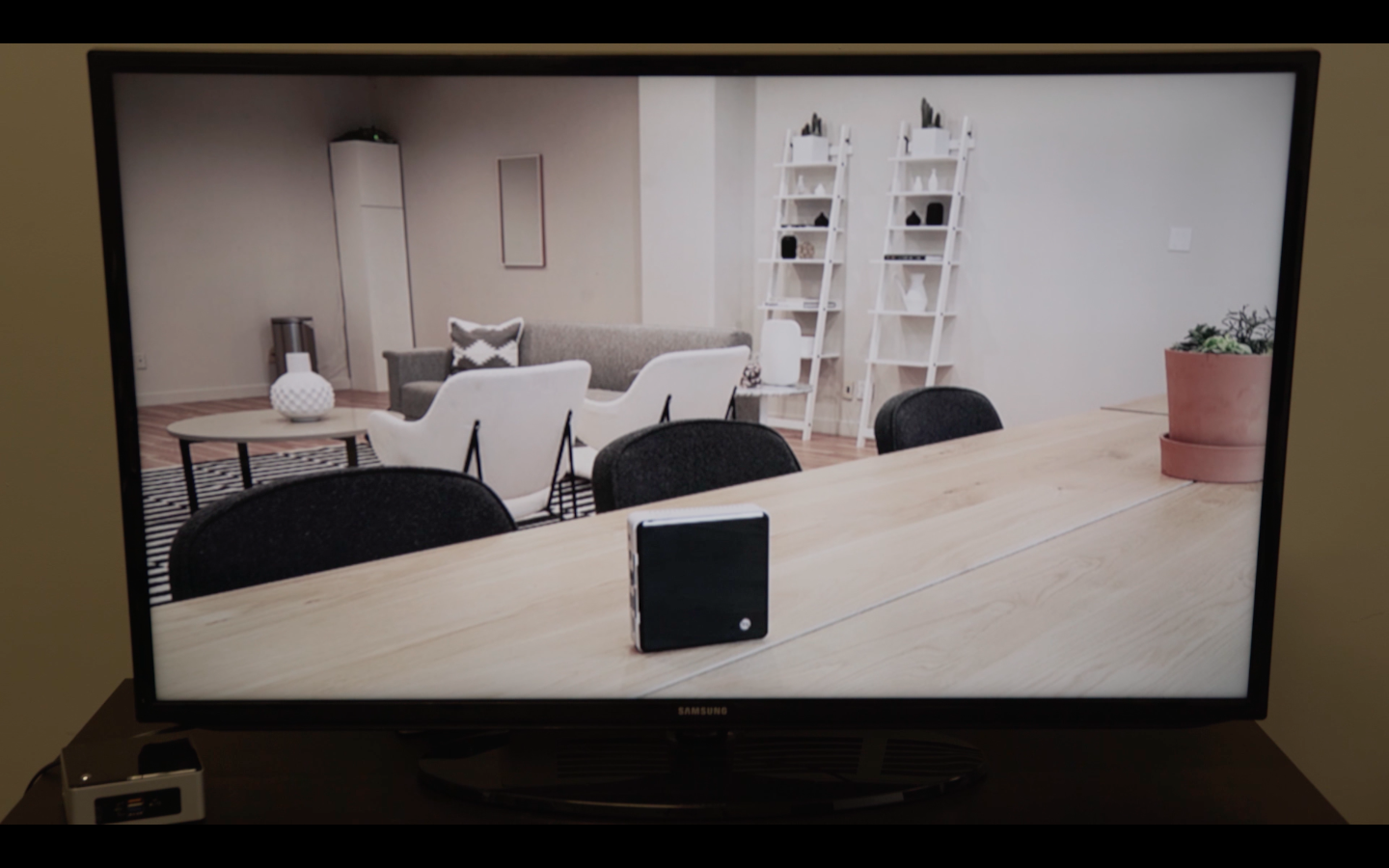Over the years, advancement in technology has made virtual meetings more engaging and personal than ever before, however, this does not mean we no longer need face-to-face meetings. They are still a key ingredient in establishing relationships and a crucial part of being efficient. Even as workers are becoming more comfortable using video conferencing technology, and businesses and organizations are increasingly recognizing the benefits of online meetings such as efficiency, greater reach, affordability, among others, in-person meetings have their own charm and benefits, and are here to stay.
There is research to prove that in-person meetings still offer great value in this wired world. In 2009, a global survey of 2,211 Harvard Business Review subscribers was conducted by HBR Analytic Services, and it was observed that a whopping 95 percent of respondents considered in-person meetings as a key to success when it comes to building long term relationships. The research showed that in-person meetings were considered most effective for negotiating important contracts, interviewing candidates for key positions, and listening to and understanding important customers.
Also, a new study by Oxford Economics, an international research firm, shows that business travel directly leads to an increase in corporate revenue as well as profits. The study provides evidence that each dollar invested in business travel adds $12.5 in revenues and $3.80 in profits.
There are various reasons why in-person meetings still matter. Here are some of them.
Body language: In a survey of 760 business executives, Forbes found that 84 percent of the respondents preferred in-person communication. Of these, 85 percent said that it was because in-person communication helped build strong and meaningful relationships. Human communication consists of 93 percent body language and paralinguistic cues, and only 7 percent consists of words. Your mouth, brows, eyes and other facial features reveal much more than what you say, and there are many more types of body language that you may not be able to notice through a webcam. In case of high stake meetings such as interviews for senior positions or when closing major sales deals, this becomes extremely important. When sitting face to face, you can easily notice where a person places his/her hands, or nervously taps their foot. These clues give you a better control over the meeting, and provides a better understanding of the persons.
Uninterrupted attention: In an online meeting, you are not in the same physical environment as the other person/s, and it is likely that there are certain distractions in the other person’s environment that you cannot see. Technical snags or continuously adjusting audio or video can also divide attention, taking focus off the dialogue. When in a face-to-face meeting, people can completely focus on the task at hand.
Personal touch and trust: The personal small talk and pleasantries that you exchange before and after the meetings, and by travelling to the meeting location, you make investment in the relationship. Face to face meetings offer a rich sensory experience that helps build trust. A firm handshake can go a long way in cultivating trust.
You are off the record: If you want a private meeting with someone, an online meeting might not be a great idea, especially if the other person works in a cube and does not have a private office or meeting room. If you do not want someone to hear the information you share, the best idea is to visit someplace private with the other person and hold the meeting. You can share a lot more in person than you can do in a virtual meeting.
In the nutshell, organizations need to understand the importance of diversity and balance when it comes to meetings. For example, it may be a good idea to hold the first sales meeting in person to establish trust and congeniality, and then move ongoing meetings online. Companies can use online meetings to nurture a large set of leads, and then use in-person meeting when it’s time to close the sale. So, the idea is to use a combination of online and in-person meetings to support long term relationship building and collaboration.
Also, with continuous technological progress, the limitations in virtual meetings will continue to diminish, and eventually online meetings will become as interactive and immersive as in-person meetings. Simply using better meeting equipment can improve the experience substantially. However, in-person meetings have a place of their own and are here to stay.
Want to set up a wireless Conference Room?Try Now


